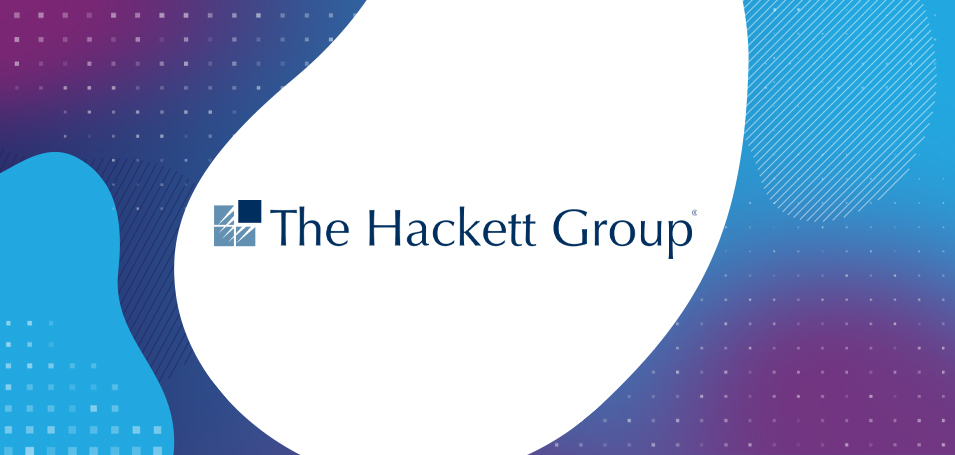When we ask our professional services or professional learning clients who do in-person training about their pain points before implementing online learning technology, the common answer is, “Our executives and customers could be spending their time better.” In-person training requires teachers and learners to travel to a certain geographical locations—using valuable time and money to get there—and with the advances in online learning technology, now the experience can often mimic (or be superior to) that of an in-person one.
Oftentimes, the instructors leading professional services and professional learning courses are upper-level management or executives within the organization. Why? Well, those are the individuals who have mastered their craft and the skill sets the organization is teaching. Learners could be executives, upper-management, or entry-level employees. Regardless, of rank, an employees’ time is valuable.
One Thought Industries client, Newton Institute, is focused on equipping leaders with the education and tools they need “to make a transformational difference in the world by first making a difference in their world.” Before launching their online program, Newton Institute first offered their learning in-person only to upper-level management. The course ran for six months and learners met one time per month in a specific geographical location. This in-person course required Newton Institutes’ executives and upper-level management professionals to travel—something that was both expensive and time-consuming.
According to Josh Newton, Senior Training Consultant and Technical Marketing Manager at Newton Institute, “Time is the most valuable thing for these upper management professionals. Being away from the company was the most significant investment they were making.”
In-person events also require your organization to do a good amount of logistical planning outside of developing the curriculum—an already daunting task. In some cases, this planning lands on the shoulders of executives.
Freeing up Executive Time with Online Learning
To free up time for executives and subject-matter experts — and learners, too—many organizations are investing in online learning. Investing in an online learning technology that allows your organization to upload current learning content and create dynamic learning experiences will benefit all parties involved. Instead of traveling to a location, learners can access course content on their desktop, laptop, mobile phone, and tablet from where they are. Executives can film videos and create presentations once, then upload that content to an online learning platform to distribute to different groups of learners.
Giving learners and educators the freedom to access learning on their time, from their geographical location, significantly improves the learning experience. Plus, if your organization chooses a SaaS technology provider with sophisticated integrations—client management, reporting, monetization, site building tools, course authoring—little maintenance and third-party account management is required.
For professional learning and services providers, here are some additional benefits associated with moving learning experiences online.
Professional Learning
Skills and behavior online training offered by professional learning organizations can be easily updated without reinventing the wheel each time. This is important because as technology, workplaces, and industries evolve, so will skill requirements for professionals. Many online learning offerings allow you to copy courses, add lessons to existing courses, or upload new documentation as needed. A SaaS online learning technology offering might also allow you make updates courses or customize the learning experience for each client using white labeling and branding features.
Professional Services
Professional services organizations are focussed on training learners in specific fields—lawyers, marketing professionals, financial advisors, consultants, etc. Online learning technology allows your organization to again, like the professional learning example, customize the learning experience for each client. Using licensing and distribution features, your organization can offer the same learning experience to different clients in their own white-labeled experience. Instead of traveling to five different law firms to educate learners, your organization can build one online course (or multiple courses) and distribute to those firms. If those firms don’t want to be educated in the same experience with lawyers outside of their firm, your organization could copy, brand, and distribute the courses to each firm individually to provide a dedicated environment. The lawyers at those firms would experience the learning with their colleagues. On the back end, online learning technology allows you to manage each client and learning experience in one place.
There are endless ways in which online learning can improve professional oriented learning businesses. Freeing up time for executives at these organizations allows those execs to spend more time on their jobs and less time updating learning materials, traveling to teach, and organizing event logistics. In the research phase of your online learning initiative, ask important questions about how the technology will improve the experience for educators and learners.


